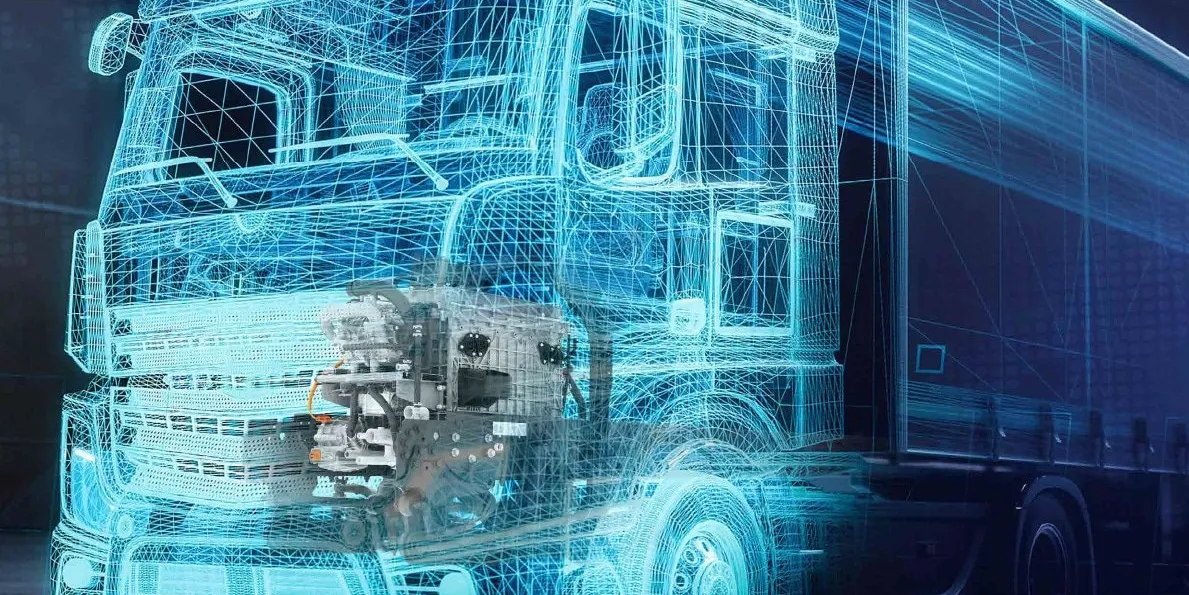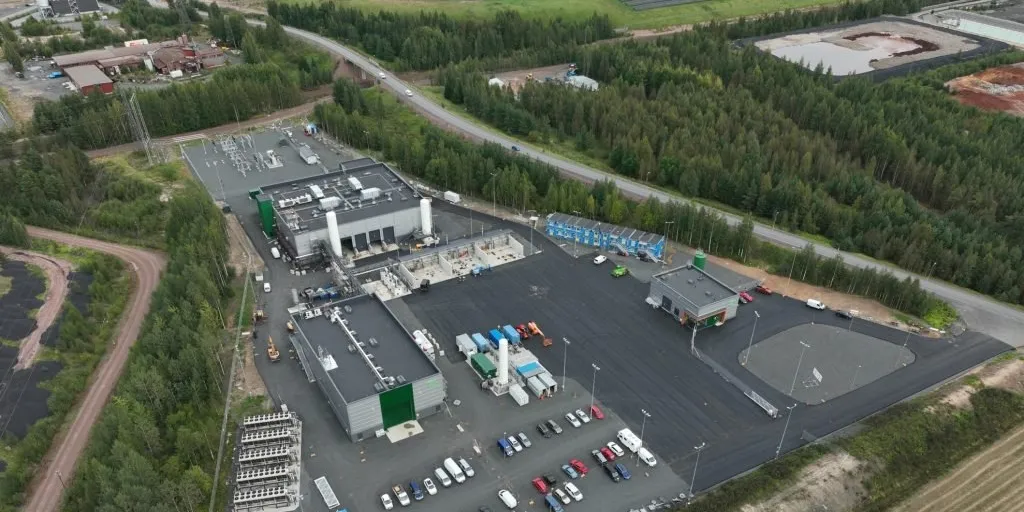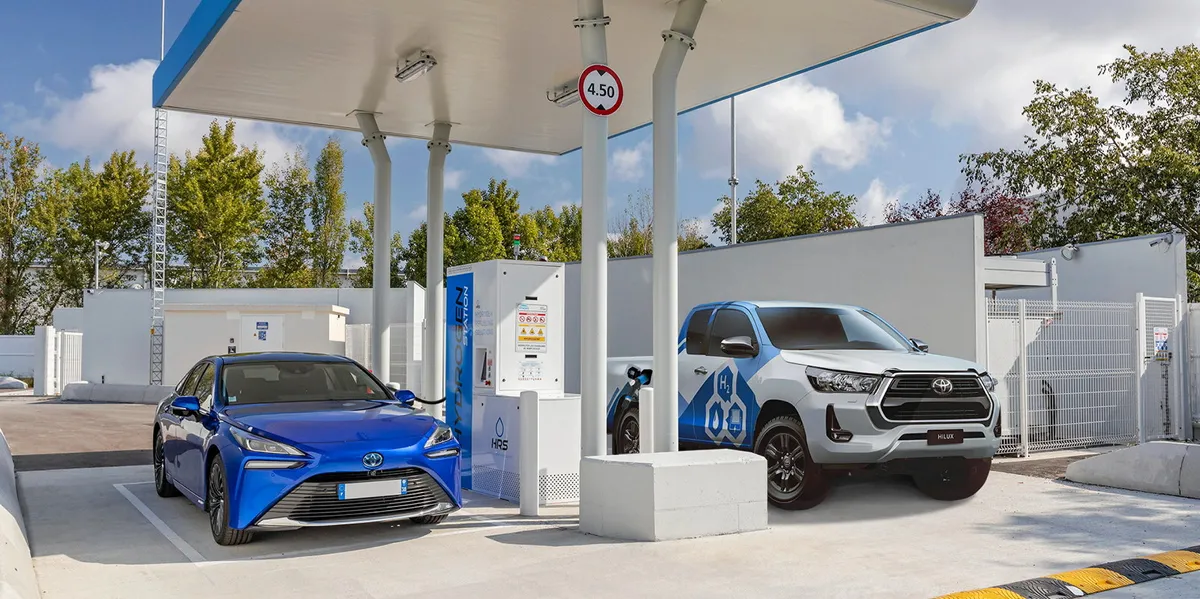
Public transport company San Mateo County Transit District, known locally as SamTrans, has placed the largest ever firm order for hydrogen-powered buses in North America, with a deal for 108 of Canadian manufacturer New Flyer’s Xcelsior Charge FC vehicles.
The purchase was approved by the SamTrans board last December to replace diesel buses coming to the end of their working lives, agreeing a contract price of up to $168.25m — although the final cost of the order has not been revealed.
SamTrans was awarded $15m by the California Transportation Commission in June to help it buy the 108 12-metre low-floor fuel-cell electric buses (FCEBs), which have a range of more than 300 miles (483km).
This range will “meet or exceed the route needs within the district”, said Sam Trans chairman Josh Powell back in December.
California requires all transport agencies in the state to transition their bus fleets to zero-emissions by 2040, with most opting to focus on battery-electric buses (BEBs).
SamTrans has 17 BEBs in operation and is preparing to roll out another 20 by the end of this year, in addition to ten previously-ordered FCEBs, the first of which is due to begin operation this winter.
The FCEBs are due to use green hydrogen supplied by Plug Power via a mobile refuelling unit that SamTrans is leasing from Plug.
So why did SamTrans decide to focus on hydrogen buses, rather than battery-electric ones, which are usually cheaper to buy and operate?
A SamTrans spokesman tells Hydrogen Insight: “SamTrans’ coverage area [in the San Francisco Bay area] is large and topographically diverse. For some of our longer routes, we concluded that FCEBs would make the better choice among the current zero-emission options.”
The company also previously stated: “FCEBs make it possible for SamTrans to be independent from the electrical grid, allowing SamTrans to operate vehicles during an emergency without relying on a steady stream of electricity.”
Just over a year ago, the nearby California city of Santa Cruz decided to order 57 hydrogen buses after trials of “the best electric buses money could buy” found that the BEBs could not handle the steep hills outside the city and would require several hours of charging at their destination before returning — meaning that they would not be able to meet the city’s needs.
California is the only US state with publicly available hydrogen refuelling stations.


